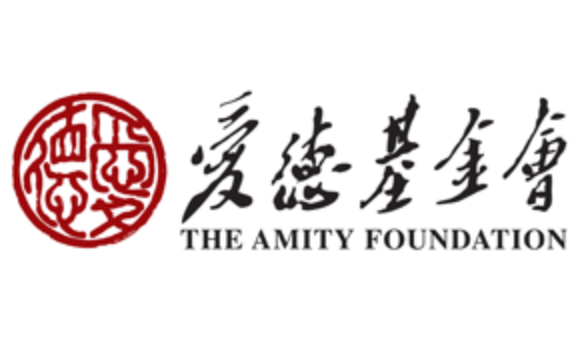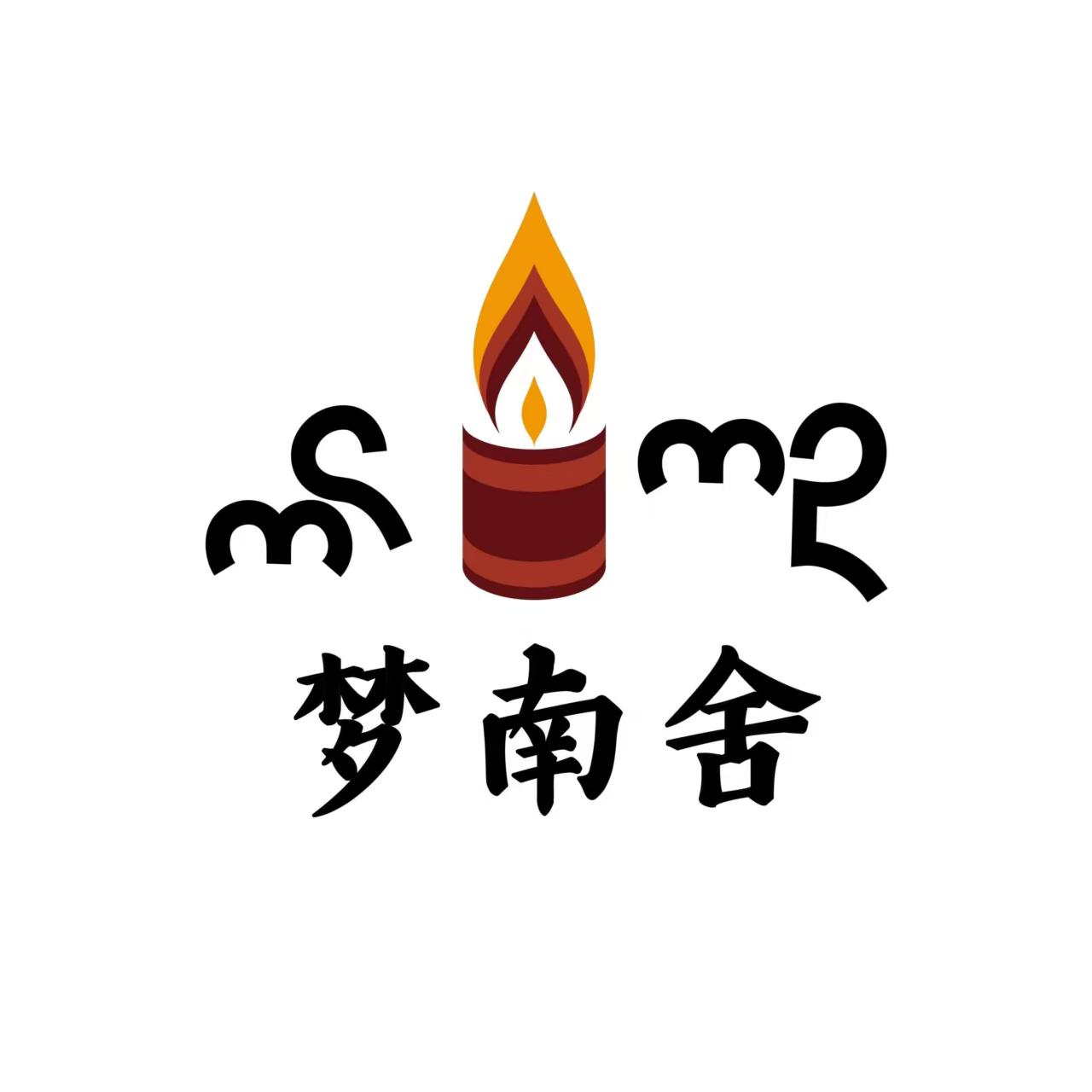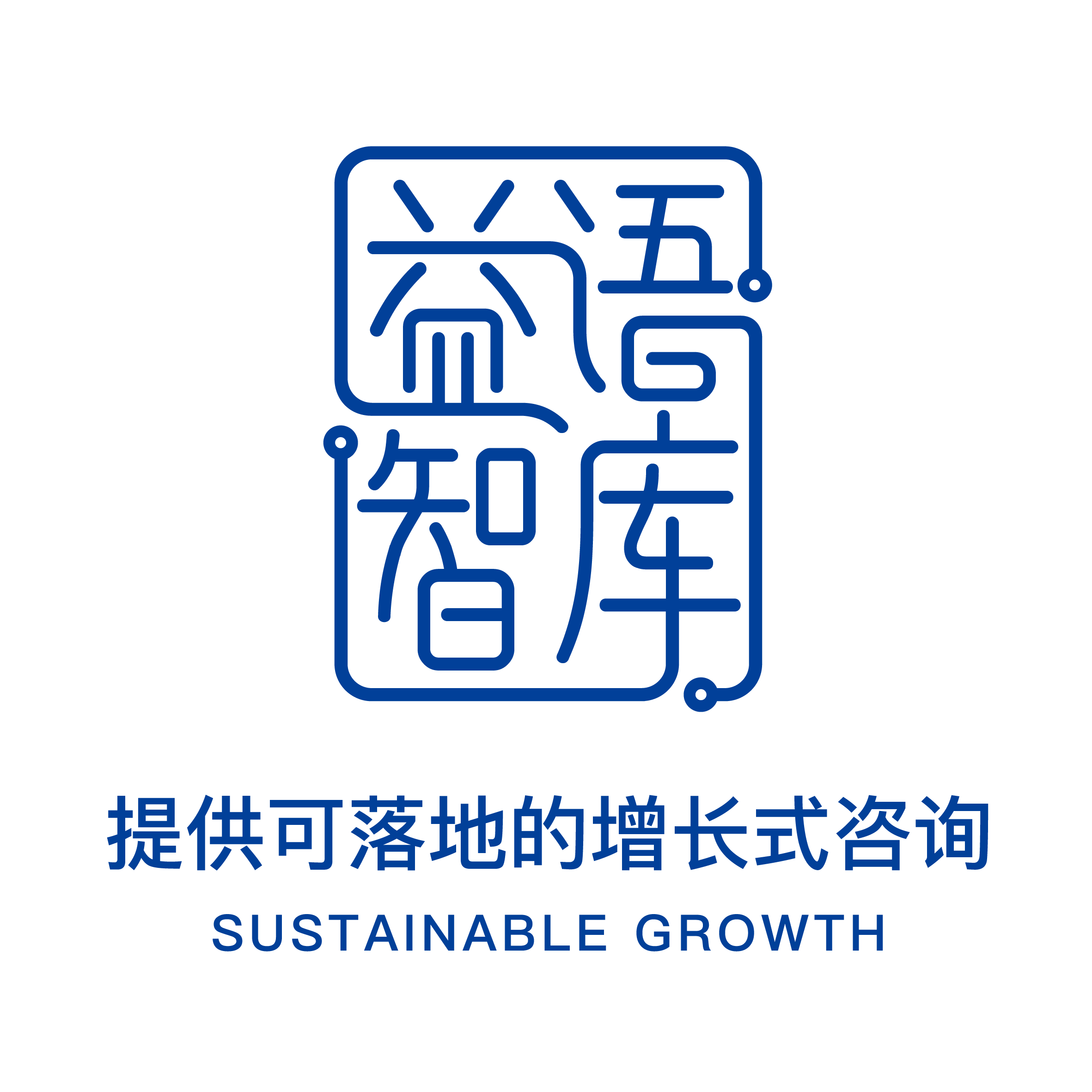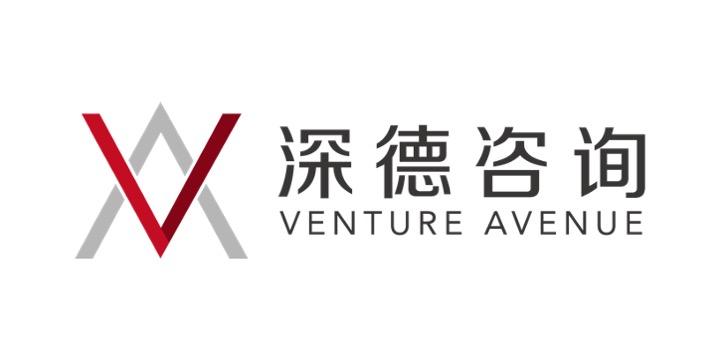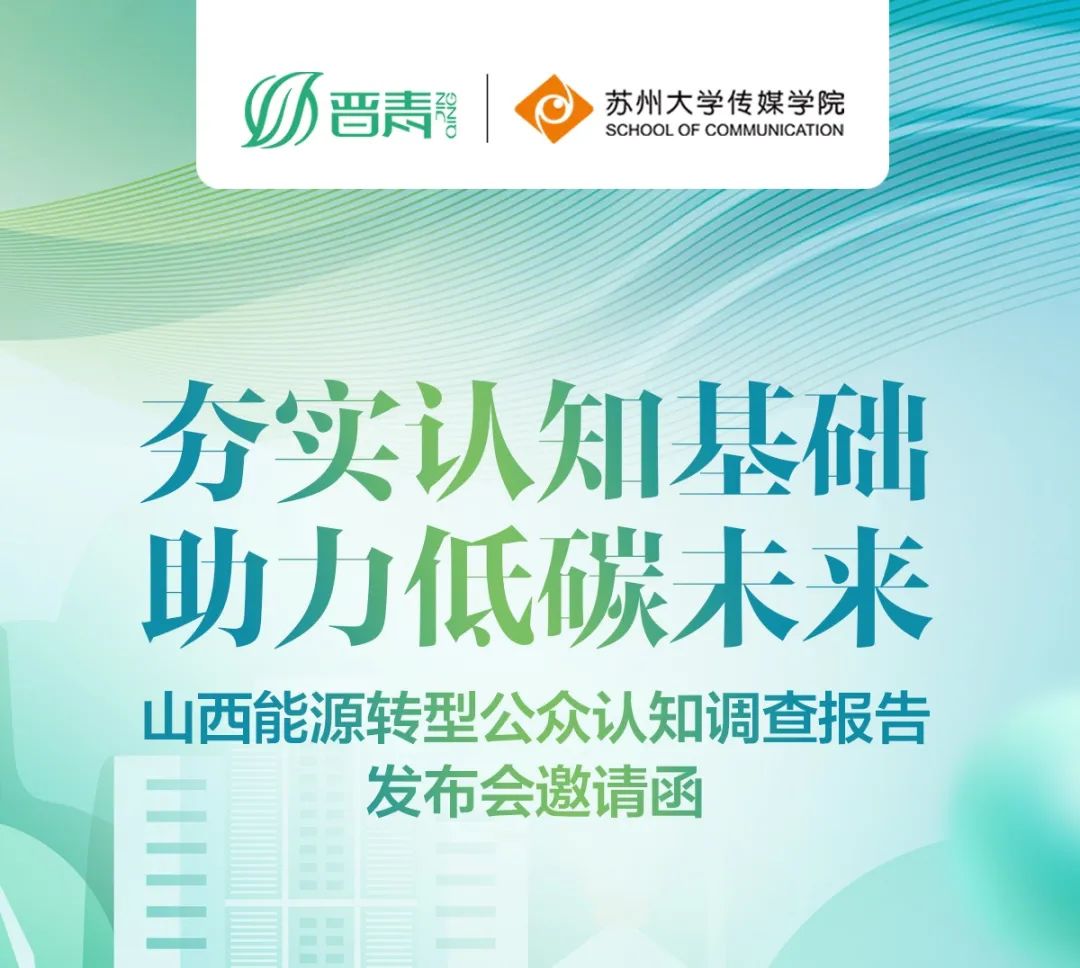 2017-03-13
2017-03-13
 205
205Terms of Reference
Service Availability and Readiness Assessment (SARA) in WA, SR4 and KSR2 area, Union of Myanmar
March 2017
Funded by: DFID Burma
Background
Health Poverty Action in Myanmar
Health Poverty Action (HPA) has been working in Burma’s ceasefire areas bordering with China since 1994. These areas had undergone decades of conflicts with the central government and just reached ceasefire agreements separately with them in around 1989. The availability of health services was extremely limited when HPA began working here, and those that were available were fragile, fragmented and with very limited capacity. Primary health has been the focus of HPA’s work in these areas from the outset. After 20 years of work, HPA has extended its programme to nearly all townships on the Burma China border which were under the control of the ceasefire groups or central government. Due to factors, such as political sensitivities and remote border locations, only a handful of international NGOs are able to access these areas. The current phase of the DFID-funded primary health programme follows earlier PHC projects funded by EC and DFID. HPA currently operates in the region from its East Asia Programme Office in Kunming, China, and has dedicated project offices and teams in each of the Special Regions where it works. It has also established a coordination office in Yangon and capital cities of states bordering with China. All staff working in the region are either Chinese or Burmese nationals.
SARA and DHIS2
The Service Availability and Readiness Assessment (SARA) is a health facility assessment tool designed to assess and monitor the service availability and readiness of the health sector and to generate evidence to support the planning and managing of a health system. SARA is designed as a systematic survey to generate a set of tracer indicators of service availability and readiness. The survey objective is to generate reliable and regular information on service delivery (such as the availability of key human and infrastructure resources), on the availability of basic equipment, basic amenities, essential medicines, and diagnostic capacities, and on the readiness of health facilities to provide basic health-care interventions relating to family planning, child health services, basic and comprehensive emergency obstetric care, HIV, TB, malaria, and common diseases.
Sound information on the supply and quality of health services is necessary for health systems management, monitoring, and evaluation. Also, information is needed to track how health systems respond to increased inputs and improved processes over time and the impact such inputs and processes have on improved health outcomes and better health status.
Due to long term isolation, the health facilities managed by Ethnic Health Organization play a critical and main role in providing preventive and curative public health services to the residents living in ethnic controlled area along the Myanmar-China border area, which are Northern Shan Special Region 2 (aka, Wa region), Eastern Shan Special Region 4 (aka, SR4) and Kachin Special Region 2 (aka, KSR2). The proposed Service Availability and Readiness Assessment is to reflect the current capacity situation of those health facilities in terms of service provision and guide the future join strengthening planning of Ethnic Health Organizations and HPA.
Meanwhile, HPA as an organisation is currently in the process of rolling-out the DHIS2 health management information system in several countries in its Asia and Latin America programmes, including in Burma. This serves as an opportunity to improve availability and quality of data for the areas where HPA works, areas that generally lack information on health data. The central government of Burma has also been discussing levels and extents of use of the DHIS2 system for health information management in relation to communicable diseases. HPA also plans for DHIS2 to incorporate SARA facility assessment in conjunction with facility scorecards to closely monitor the performance of the health facilities in terms of quality of care and on-going readiness.
Objectives
Ensuring access to quality health services is one of the main functions of a health system. Information is needed to track how health systems respond to increased inputs and improved processes overtime, and the impact such inputs and processes have on improved health outcomes and better health status.
The proposed Service Availability and Readiness Assessment is to reflect the current capacity situation of those health facilities in terms of service provision and to guide the future Health System strengthening planning by Ethnic Health Organizations and HPA.
The proposed assessment should be conducted in Shan Northern Shan Special Region 2 (aka, Wa region), Eastern Shan Special Region 4 (aka, SR4) and Kachin Special Region 2 (aka, KSR2).
Methodology of SARA and Expected Output
Methodology
Generally, the methodology of proposed SARA should be in line with the WHO’s operational guideline and take example steps below which are suggested. But the steps should be tailored according to the field situation (suggest to discuss with the contact person in the end of ToR)
.png)
Expected Output
When designing the SARA, the consultant need to understand how HPA will use the results:
• detect change and measure progress in health system strengthening over time. 2017 SARA result will be serve as a baseline and benchmark. DHIS2 App will be use as a data collecting tool and will be used repeatedly.
• plan and monitor the scale-up of interventions that are key to achieving country health targets, such as implementing interventions to reduce child and maternal mortality, HIV/AIDS, tuberculosis and malaria, and other essential health services defied by Myanmar MoHS.
• generate the evidence base to feed into EHO/HPA’s annual health reviews, to better inform the development of annual operational plans and to guide more effective investment for health;
• support future planning and managing health systems (e.g. assessing equitable and appropriate distribution of services, human resources and availability of medicines and supplies)
Therefore, the consultant should:
A set of tailored and reusable tools for SARA. Electricize the tool by using DHIS2(HPA will work with its partner on this and consultant need to provide paper based tools, such as questionnaires, please reach contact person if you need additional information). The information/key information to be collected, should be easy to collect and focus on Primary Health Care service.
Provide training as well as materials to HPA and EHO staff for collecting the data/information and supervising the process.
Provide a systematic report (one area, one report) to describe and analysis the capacity of EHO’s health facilities in terms of service provision and to provide recoomodations.
Timeline
|
March |
1st-15th April |
15th May |
16th May-15 June |
15th June-30th June |
|
Publishing ToR |
Consultant Selecting, budgeting and contracting |
Pre-survey preparation |
Planning the survey and Develop DHIS2 APP |
Training field supervisors & data collectors and data entry personnel |
|
1st July - 7th July |
8th July - 31 Aug |
1st Sept-15th Sept |
16th Sept-15th Oct |
15th Oct |
|
Preparing for data Collection in the field |
Data collection in the field |
Data entry and processing |
Data analysis and preparing report |
Data archiving |
Logistics Arrangements
HPA East Asia Programme Office will discuss with the selected consultant to develop the itinerary. Please note that visitors must be in compliance with Health Poverty Action’s Child Protection Policy.
Background Reading and Submission of proposals
Due to the sensitivity of the context, HPA will send the related documents and data by email after receiving the EOI letter. Please write a simple EOI letter to follow email address to show your interest with your CV attached, especially the past experience related to Health Facility Assessment (if it is a review team, please only send us the CV of the team leaders only): Mr. Cai Tao, Email: caitao.km@qq.com.
After receiving the documents, the consultant needs to develop a proposal and sent to the email addresses below by April 1st, 2017. Any proposal received after close of business on this date will not be considered. The proposal should including following aspects.
Technical
- Understanding and interpretation of the TOR
- Design of the review with clear Methodology to be used in undertaking the review
- Tools will be used
-Time and activity schedule
Financial
- Consultant’s daily rate in US dollar or Chinese Yuan
- Activity costs
- Other costs e.g. communication, accommodation, travel, and printing where necessary.
Capacity Statement
- Relevant experience related to the assignment
- Contacts of organizations previously worked for
- Curriculum vitae detailing relevant experience for the assignment in question
Availability dates
- Exact dates when you can commence work should your bid be successful
Evaluation and award of consultancy
Health Poverty Action will evaluate the proposals and award the assignment based on technical and financial feasibility including availability dates. Health Poverty Action reserves the right to accept or reject any proposal received without giving reasons and is not bound to accept the lowest or the highest bidder.
 表情
表情
 最热
最热
















